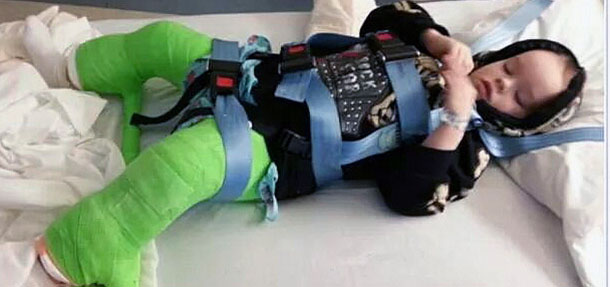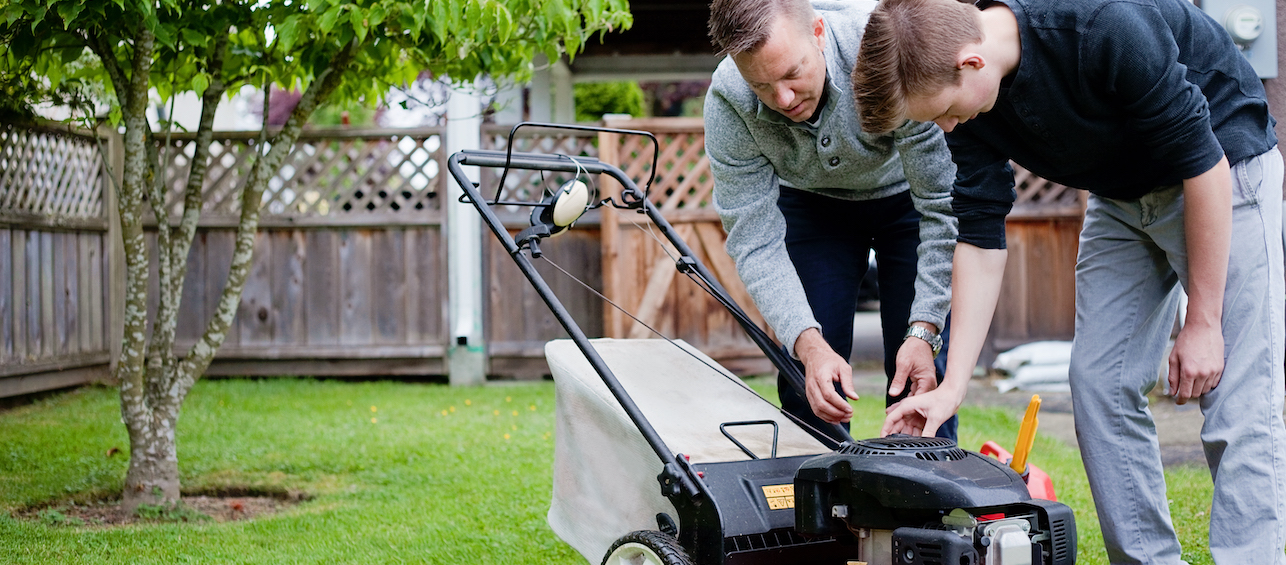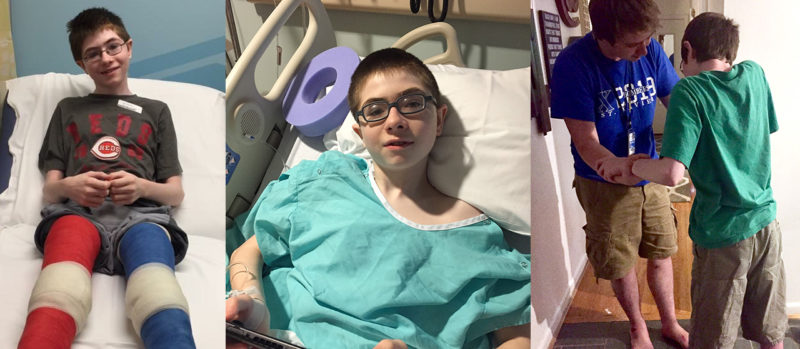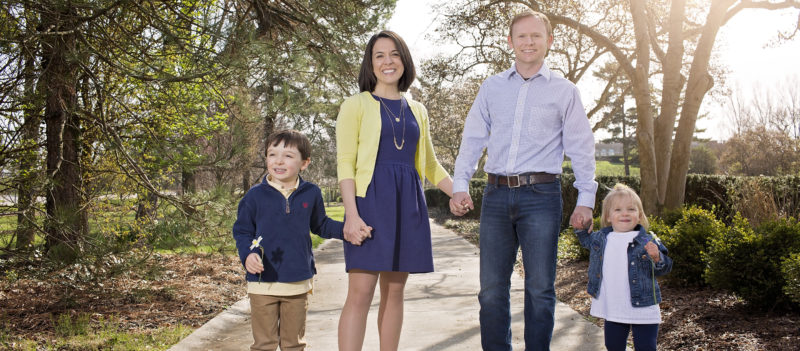Congenital coxa vara. It’s a condition that most parents have probably never heard of, and rightfully so: it occurs once in every 25,000 births. Coxa vara is a hip condition in which there is a discrepancy of the growth in the round ball of the hip and the upper end of the thigh bone, creating a deformity.
We learned this term when our son, Aedan, was 4 years old. It was the summer of 2012 and we noticed him limping a little bit. He had been walking normally since he was a year old, so it seemed odd to us. We asked him over and over if he was hurt or if something was bothering him, and every time he said he was fine.
Then one day, my husband laid him down and stretched out his legs to get a good look. It was then that we realized that his left leg was shorter than the right. I did a lot of my own research, and saw that it was fairly normal for young children to have a difference in leg length. We decided to wait until his preschool physical to bring it to his doctor’s attention. She measured his legs, first from the knee down, then from the hip down. She determined that the discrepancy was from the hip down and sent us to get it checked out.
We made our way to orthopedics at Cincinnati Children’s and learned that Aedan had coxa vara. Dr. Tamai explained to us that it is a rare condition that is developed before birth, but typically doesn’t typically present until children start learning how to walk.
Aedan would need reconstructive surgery, called a valgus osteomy, to improve the biomechanics and length of the leg. In addition to the surgery, he would need to be in a full body cast – from his arm pits down to his ankles – for six weeks. My heart fell to my stomach. I had not expected this news and couldn’t envision how Aedan would stay immobilized for that long.
On March 19 of 2013, Aedan went in for surgery.
I knew that it would be difficult for Aedan to be confined to a cast for that long, being the active, athletic little boy that he is. The cast required him to be positioned lying down, so watching TV and playing games was about as active as he could get. We bought a giant bean bag chair to put downstairs in the living room, so my husband would carry him back and forth between his bed and the chair. It took at least 10 minutes every time we would move him to get him propped up with pillows so that the cast wouldn’t rub on his skin and cause sores. He had to use a bed pan to go to the bathroom and I would have to give him a sponge bath every other day. I had to help him eat and drink because of the position of the cast. We took him for a walk one afternoon and it was such a challenge to get him in and out of the wheelchair that we rented from the hospital – so much so that he had no desire to do it again.
The entire experience was tough, but Aedan was a total trooper during those six weeks, and I think it was mostly because he had his eye on the prize. He knew that once his hip was fixed, he would be able to play soccer and karate, just like his dad.
Once the cast came off, he was up and running (literally) within a couple of days. It was such a relief to us to see him bounce back so quickly, even Dr. Tamai and Aedan’s physical therapist were impressed with his determination and recovery. Aedan has to continue to follow up on his condition, to make sure that his legs remain even, but the prognosis is good that he will continue to grow normally.
Now that it has been almost two years since Aedan had the reconstructive procedure and cast, I’ve had an opportunity to reflect a little. While I am so ecstatic that Aedan has normal functioning in his hips now, I do wish that I had trusted my instincts earlier.
In the back of my mind I knew that something wasn’t right, but I dismissed it. If there’s one message I would like for parents to take away, it’s to listen to your instincts. That tiny voice in your head might not be very loud, but trust it. The earlier that coxa vara is corrected, the better the outcome. Kids are so resilient and I truly think that he handled the surgery so much better then, at 5, than he would now at age 7 or even later. In Aedan’s case, if we had caught it sooner, he might have been able to participate in more activities sooner.
I am so grateful to Dr. Tamai, his nurse Cindy, and the rest of the staff at Cincinnati Children’s. They got us through a tough situation and treated us with respect and understanding. We moved from Mason to the Toledo area last summer, and even though it’s a 3 hour drive, we will continue to do Aedan’s follow-ups at Cincinnati Children’s.
We are so happy that Aedan is off and running, and if you need us, you can find us at his next soccer game!
To learn more about the Hip Preservation Program at Cincinnati Children’s, please call 513-636-4785 or fill out an online form for more information.






Aedan was a trooper through that. So was Noelle and her husband. We are so proud of their whole family!
Love to all, Aedan’s Papa John and Grammy